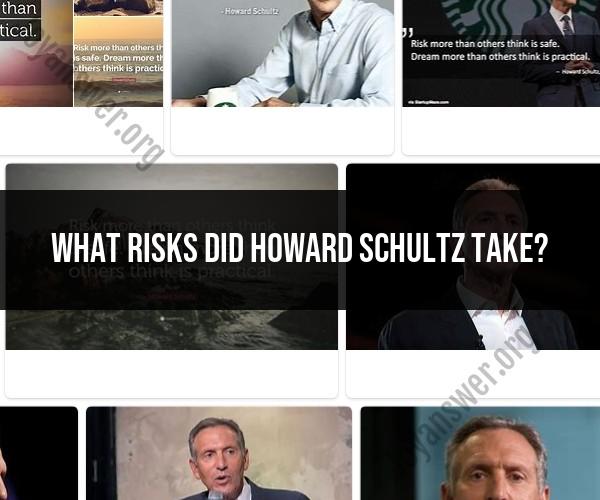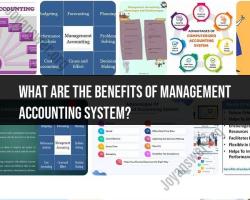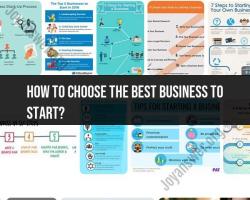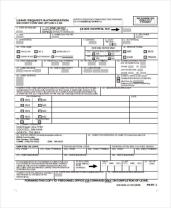What risks did Howard Schultz take?
Howard Schultz, the former CEO and chairman of Starbucks, took several significant risks during his career that contributed to the growth and success of Starbucks. Here are some key risks he took:
Introducing Espresso to Starbucks: When Schultz joined Starbucks in the 1980s, it was primarily a seller of coffee beans and equipment. Schultz believed that Starbucks could also sell brewed coffee and espresso beverages. He faced resistance from the founders, who were focused on selling coffee beans, but Schultz persisted and eventually acquired the company's retail operations, including its cafes, taking a risk that transformed Starbucks into a coffeehouse chain.
Expanding Rapidly: Schultz was a strong advocate for rapid expansion, both domestically and internationally. Starbucks opened a large number of stores in a short period, a strategy that carried financial risks. However, this aggressive expansion allowed Starbucks to establish a global presence and become a household name.
Investing in Employee Benefits: Schultz was known for his commitment to providing healthcare benefits and stock options to Starbucks employees, even those working part-time. This was a significant financial commitment but contributed to Starbucks' reputation as an employer of choice and attracted top talent.
Diversification Beyond Coffee: Schultz oversaw the expansion of Starbucks into new product lines, such as teas, juices, and food. This diversification was a risk because it moved Starbucks away from its core coffee business. However, it helped Starbucks attract a broader customer base and increase sales.
Shutting Down Stores: During Schultz's second stint as CEO in 2008, he made the controversial decision to temporarily close more than 7,000 company-operated stores in the U.S. for an afternoon to provide racial bias training for employees. This was a risk in terms of potential revenue loss and public perception, but Schultz believed it was essential to address a serious issue.
Political Involvement: Schultz, at times, publicly engaged in political and social issues, which can be risky for a corporate leader. His consideration of a presidential run in 2020 stirred controversy and criticism.
Expansion into China: Schultz was a driving force behind Starbucks' significant expansion in China, a market with its own unique challenges and competition. This was a bold move that required substantial investment and cultural adaptation.
It's important to note that while Schultz took these risks, not all of them were universally successful. Starbucks faced challenges and setbacks along the way, but Schultz's willingness to take calculated risks and adapt to changing circumstances played a pivotal role in shaping Starbucks into the global brand it is today.











